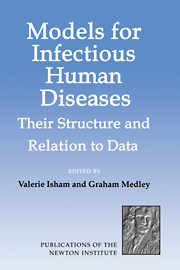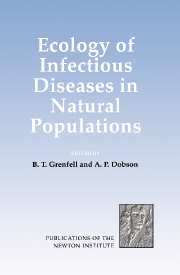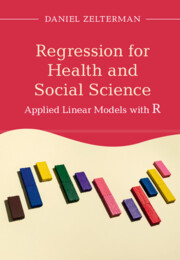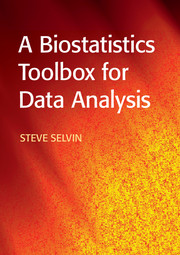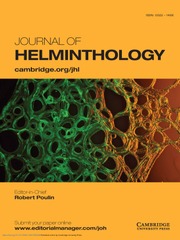Models for Infectious Human Diseases
Infectious disease accounts for more death and disability globally than either non-infectious disease or injury. This book contains a breadth of different quantitative approaches to understanding the patterns of infectious diseases in populations, and the design of control strategies to lessen their effect. The contributors bring a great variety of mathematical expertise (including deterministic and stochastic modelling and statistical data analysis) and involvement in a wide range of applied fields across the spectrum of biological, medical and social sciences. The aim is to increase interaction between specialities by describing research on many of the infectious diseases that affect humans, including both viral diseases like measles and AIDS and tropical parasitic infections. The papers are divided into groups dealing with problems relating to transmissible diseases, vaccination strategies, the consequences of treatment interventions, the dynamics of immunity, heterogeneity of populations, and prediction.
- The breadth of different approaches (statistical and mathematical) is unique for a single volume
- The breadth of different diseases makes it a good introduction to the field
- Up-to-date survey of current modelling methodology
Reviews & endorsements
Review of the hardback: '… a valuable reference tool.' Robert Hiorns, Mathematics Today
Product details
April 1996Hardback
9780521453394
516 pages
229 × 152 × 33 mm
0.93kg
97 b/w illus. 36 tables
Available
Table of Contents
- Part I. Transmissible Diseases with Long Development Times and Vaccination Strategies
- Part II. Dynamics of Immunity (Development of Disease within Individuals)
- Part III. Population Heterogeneity (Mixing) Modeling
- Part IV. Consequences of Treatment Interventions
- Part V. Prediction.

